Although the media will tell you otherwise, child prostitutes do not exist in America. However, prostituted children DO exist. The difference? A child cannot be a prostitute because she/he is a victim of commercial sexual exploitation and the federal law defines this child as a victim of sex trafficking. The difference in language is critical if we are to make progress in national efforts to rescue and restore child victims of sex trafficking.
Shared Hope International (SHI) recently published The National Report on Domestic Minor Sex Trafficking: America’s Prostituted Children which compiled more than four years of research into the problem of child sex trafficking in America, done with support from the U.S. Department of Justice. The problem of incorrect and damaging labels being applied to child victims of sex trafficking presented itself as a primary barrier to the identification, rescue and proper treatment of these children.
First, it is important to recognize that prostitution is illegal in the United States (except for select counties in Nevada where adults can legally sell sex in licensed venues). Even countries which have legalized prostitution make it a crime to control someone in prostitution (pimping). The United States Congress specifically made it a federal crime to transport juveniles with the intent to engage them in criminal sexual activity one hundred years ago with the passage of the Mann Act (White Slavery Act). The Trafficking Victims Protection Act of 2000 (TVPA) reinforced this position by clearly defining severe forms of trafficking to include the use of a child under 18 years of age in a commercial sex act.
The term “child prostitute” implicates the child in the criminal activity of prostitution and contradicts the well-established history in America of acting in the best interest of the child. The term denies the child the legal status of victim of a violent crime, thereby creating a barrier to accessing statutorily mandated victim compensation and services. Stripped of the status of a true victim, the child is seldom if ever afforded appropriate treatment and rehabilitation.
In America, the average age for a child to be recruited by a trafficker (pimp) into commercial sexual exploitation is just 13 years old.
It begs the questions: What is a child doing on the street? And, how does she get there? These children are predominantly girls. They have usually encountered a variety of abusive experiences which increase their risk of vulnerability to a trafficker’s tactical deception. A comprehensive study of 104 juvenile victims of sex trafficking in Clark County, Nevada revealed that 82 percent were runaways, 47 percent were rape victims, and 89 percent used narcotics.
Consider the following situation of a child sex trafficking victim – is this a “child prostitute” or a “prostituted child?”
She is first molested by her mother’s boyfriend at the age of five. With a steady stream of abusive characters in and out of her life, a house full of drug dealing and using, she is befriended by an older man at 12 years old who promises to care for her and give her a life far safer than her own. Young, vulnerable and eager to be loved, she accepts. However, the promises aren’t fulfilled. She is forced to stand on the streets, scantily clad in the early hours of the morning…approaching strangers and forced to sell her body for sex, hand jobs, acts that seem completely foreign to her. Forced to fulfill a quota of $1000, she services up to twenty men a night – handing every penny to the pimp to avoid being beaten. She is arrested time and time over and misunderstands her innocence when she is constantly labeled a prostitute by law enforcement. She misunderstands her relationship with her pimp, whom she protects from law enforcement because she believes she is ‘loved’ by him. She misses her 14th and 15th birthdays. By the time she is 16, she can’t imagine a life any different. She claims ownership over her job because, well, she doesn’t see a way to escape and she’s beginning to think it’s the only thing she’ll ever be good at doing.
How can these victimized girls call out for help if they don’t even realize their right to be rescued? When law enforcement arrests the prostituted child as a child prostitute, when social service providers call her a prostitute or promiscuous, when her trafficker rewires her mind to make her believe that this life is all she is worthy of, how can we help our girls realize otherwise? The key to rescuing and restoring our American girls is to label them appropriately as prostituted children.
From the media to law enforcement and members of the community, we all have a part to play in the proper identification and response to America’s prostituted children. Terminology that accurately depicts these children as victims will lead to their identification by first responders as victims of domestic minor sex trafficking – prostituted children. SHI research has found that domestic minor sex trafficking victims more readily disclose information about their exploitation when they are addressed as survivors. Furthermore, having a single label for the crime allows multiple agencies, communities, and regions to effectively track, research, and intervene in a single coordinated effort.
A prostituted child deserves freedom from commercial sexual exploitation. A first step we can take in moving this liberation forward is to change perception through a careful use of the label we are applying to the victim. Each one of these enslaved children is a prostituted child.






